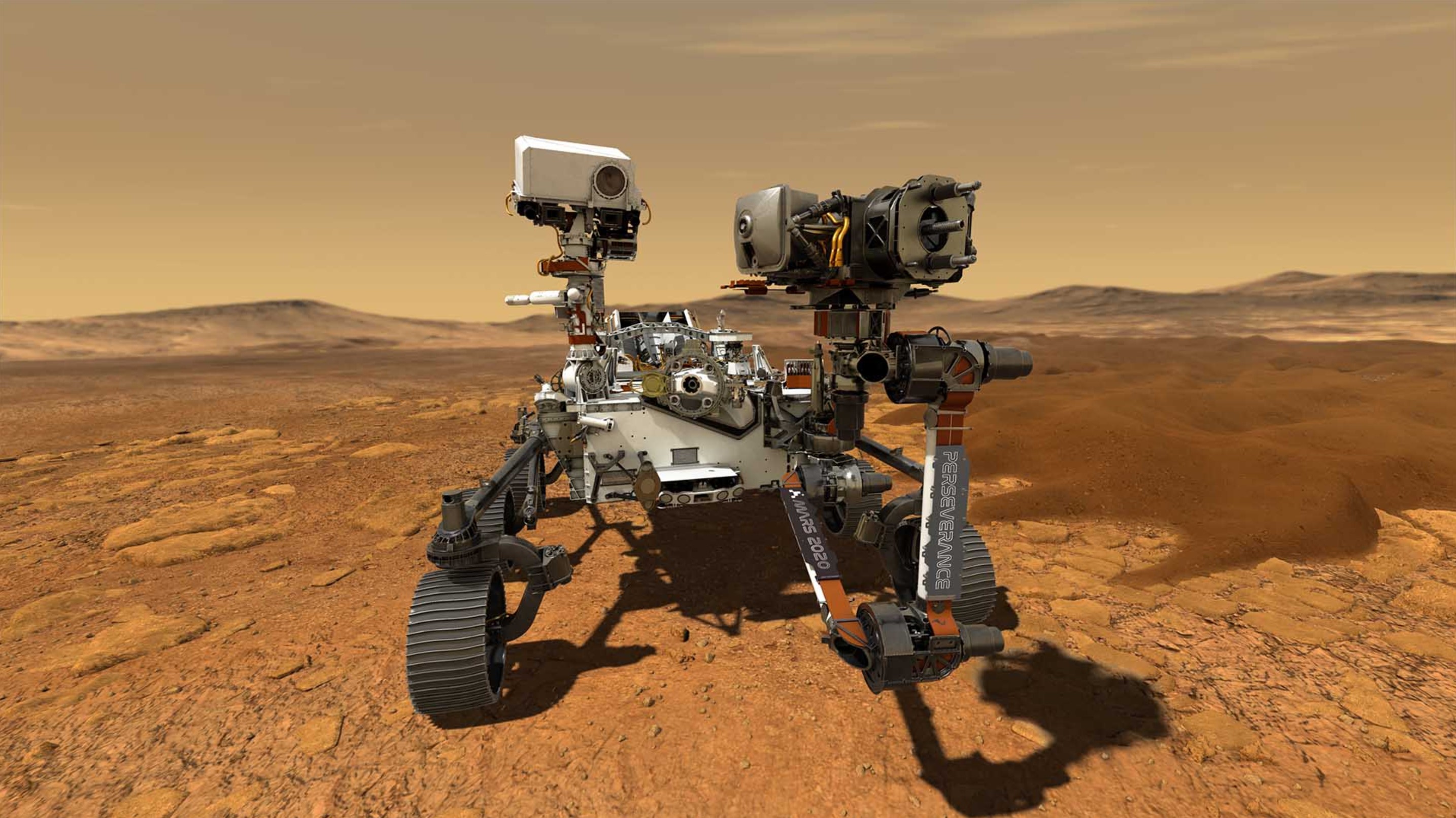NASA’s Perseverance Rover is powered by the same processor as a 23-year old iMac
NASA's latest Mars Rover looks hilariously underpowered, but there's a reason for it

Do you remember the old anecdote that Nintendo’s GameBoy had more computing power than the systems NASA used for the Apollo 11 moon landings? We’re in a similar situation with the Perseverance Mars Rover from the sound of things.
While Perseverance may be the most advanced Martian rover ever built, it’s running on the same PowerPC750 processor that powered the 1998 iMac. So your smartphone has more computing power than the robot that just landed on a different planet.
- Mars Perseverance has landed — what happens now?
- Everything we know about the MacBook Pro 16-inch 2021
- Plus: Asus ROG Phone 5 leak reveals 18GB of RAM — that's not a typo
You may think that NASA could have done a lot better, but according to New Scientist, NASA couldn’t have used something more recent like Apple’s M1 chip. All because of the fact Mars is a different planet, and what works on Earth isn’t necessarily going to work there.
The main issue is how the two planets’ atmospheres block radiation and other charged particles. Mars — as well as outer space — doesn’t offer anything close to as much protection as Earth, and that means one bad burst of radiation can fry the electronics of more modern processors.
NASA can’t swap out electronics if something goes wrong, and a more complicated chip means there are more ways for that to happen. So not only does Perseverance have a backup computer (plus a third for image analysis), its processor has had to be specially designed to survive the harsh conditions on Mars.
Instead of being the standard consumer-grade PowerPC750 chip, it’s actually a modified version called the RAD750 chip. That chip has been hardened against radiation, and has been used several times in NASA’s recent history. The Curiosity rover, Fermi Space Telescope, Kepler telescope and Lunar Reconnaissance Orbiter are just a few examples of NASA-made machines that are powered by RAD750.
Oh and it costs more than $200,000 per chip, so don’t go tearing apart your old iMac trying to build your own extraterrestrial rover. You probably don't have the $3 billion you'd need to get it to Mars anyway.
Sign up to get the BEST of Tom's Guide direct to your inbox.
Get instant access to breaking news, the hottest reviews, great deals and helpful tips.
The RAD750 may only offer a 200MHz clock speed, and 2GB of flash memory, but it’s still a heck of a lot more powerful than rovers that arrived on Mars before Curiosity. It may be laughable compared to the power of your iPhone 12, but chances are your iPhone 12 wouldn’t last very long on the Martian surface.
Perseverance is now almost two weeks into its month-long mission, so clearly the RAD750 is doing a pretty good job of things. Meanwhile Curiosity has been on the red planet since 2012, and is still going strong after all that time. Clearly the fact those chips look underpowered at first glance isn’t a particularly big deal.

Tom is the Tom's Guide's UK Phones Editor, tackling the latest smartphone news and vocally expressing his opinions about upcoming features or changes. It's long way from his days as editor of Gizmodo UK, when pretty much everything was on the table. He’s usually found trying to squeeze another giant Lego set onto the shelf, draining very large cups of coffee, or complaining about how terrible his Smart TV is.
-
cannongray NASA's Perseverance rover has sent back the first sounds of it driving on Mars https://www.nasa.gov/feature/jpl/another-first-perseverance-captures-the-sounds-of-driving-on-marsReply
